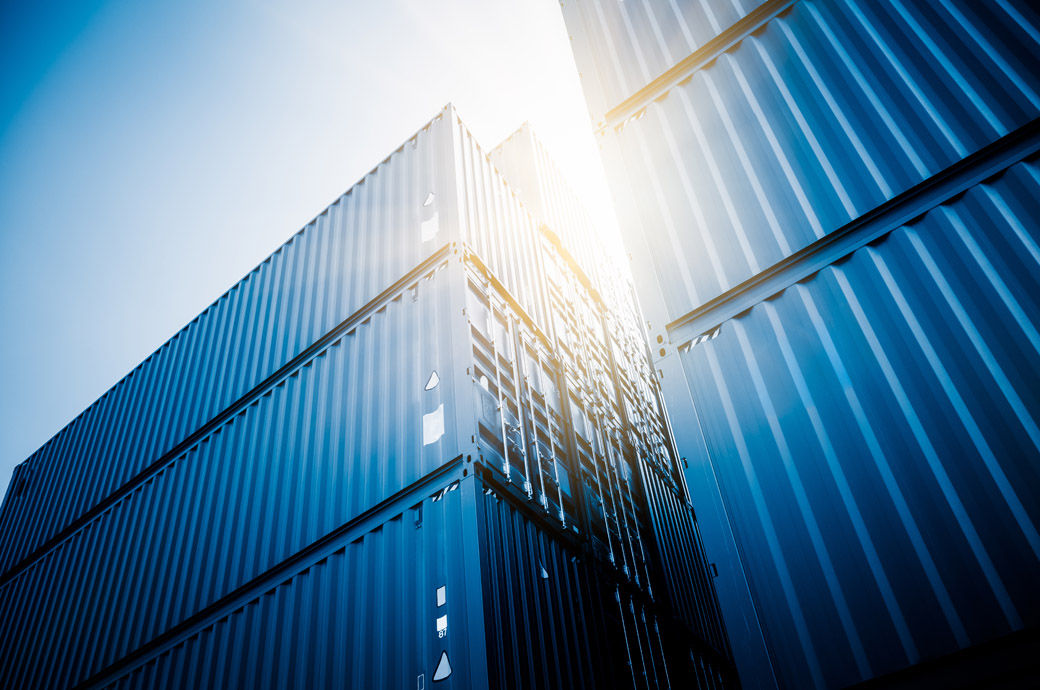
The average container prices in China have already reached $2500-$2700 (40 ft high cube, cargo worthy containers) as a result of rising complications resulting from the geopolitical tensions and uncertainties, the company said in a release.
"China's container market has always been dynamic, but recent developments have triggered significant price hikes," noted a Container xChange customer and container trader based in China.
"Container prices are continuously climbing, adjusting roughly every 48 hours. This increase largely stems from uncertainty related to the Red Sea situation, as well as suppliers and sellers looking to hedge their risks. We've seen prices for a 40 ft (cargo worthy) container jump from $2,200-$2,300 in April to $2,500-$2,700 currently," the release said quoting the customer.
Another customer from China added, “In April, shipping lines and leasing companies placed new orders of more than 1000,000 TEU, factories are fully occupied till the end of July, and some factories are even occupied until September. Some container sellers are holding up the inventory, in anticipation of price hikes in May.”
An analysis from Container xChange’s trading and leasing platform showed that container trading and leasing prices continued to rise out of China to Europe and to the United States in April.
It also points that the volatility in container prices is much more evident since the beginning of this year until April as compared to last year.
Containers are still available, depots are not operating at full capacity, and while prices are increasing, it's not at the rapid rate Container xChange observed during the post-COVID demand pent-up period.
The situation is improving for stakeholders, but not significantly. Demand prospects remain subdued, and the price hikes are primarily driven by uncertainty rather than purely by demand.
“This market condition requires stakeholders to remain vigilant and informed of current market currents, invest in cost optimisation strategies and develop algorithms for demand and supply forecasting,” said Christian Roeloffs, cofounder and chief executive officer of Container xChange.
Container xChange surveyed depot owners to assess their capacity utilisation since the Houthi attacks in the Red Sea. The majority reported operating below full capacity, particularly in China, indicating that depots there are not facing significant pressure from container inventory.
In contrast, depots in the United States and Europe reported higher utilisation rates. Despite depots not facing significant pressure from container inventory, there remains a question of where the pressure lies in soaking up the excess containers in the market.
Two possibilities are apparent: First, the diversion of vessels around the Cape of Good Hope affects both vessel capacity and the container fleet. If diversions soak up 10 per cent of vessel capacity, and vessels can carry over 24,000 TEUs on an average, a significant number of containers are absorbed en route.
Second, a substantial number of containers are stranded in network locations with a structural surplus of container inventory. Shipping these containers out may not be economically feasible due to factors like high transportation costs, inexpensive storage at the location or the containers nearing the end of their operational life.
Another key finding from the survey is that depot owners reported increased costs in two major heads since the beginning of the Houthi attacks—equipment usage fees and storage space rentals.
Other overheads that have witnessed cost increases over the past five months include administrative fees, container handling charges, daily and monthly storage fees, demurrage fees and security and surcharge fees.
Ports such as Ningbo, Qingdao, Shanghai, and Busan experienced price increases over the 11- month period from June 2023 to April 2024. Ports like Antwerp and Rotterdam saw relatively stable prices, with minor fluctuations observed.
While Singapore experienced moderate fluctuations, average container prices overall showed a slight decrease. The increase in prices in Northeast Asia suggests a robust market for transshipment services, driven by factors such as regional trade dynamics and economic growth.
Fibre2Fashion News Desk (DS)